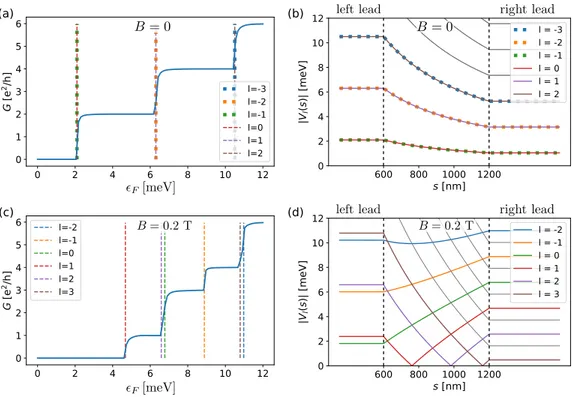Supplemental material to the paper
“Magnetoconductance, Quantum Hall Effect, and Coulomb Blockade in Topological Insulator Nanocones”
Raphael Kozlovsky, Ansgar Graf, Denis Kochan, Klaus Richter, Cosimo Gorini 1
1
Volltext
1
Abbildung

ÄHNLICHE DOKUMENTE
The set of objectives, tools and implementation procedures proposed shows that, once again, EU governance constitutes an obstacle to achieving an effective and cohesive industrial
The main international consequence of allowing oil exports (including for Russia) would be to slightly reduce the world price of oil (as a result of slightly higher U.S.
Elizabeth Rosenberg is a Senior Fellow and Director of the Energy, Environment and Security Program at the Center for a New American Security. Rosenberg served as a Senior Advisor
Electrical capacity increases particularly quickly after 2020 (see Figure 9) due to the increasing installation of renewables based power plants.. solar PV as the second
The change in priorities from competition and low prices to secure energy sources and a sustainable low-carbon future—came with the Climate Change Act (2008),
menu of solar conversion options which can permit comparison with the other three major alternatives, and which could serve as a basis for examination of strategies of mixed
But when man came along and changed the landscape, the closed landscape of the valleys became open spaces, and in some countries the valley sides and uplands
and to study the electronic charge distribution around the oxygen atom by evaluating the field gradient at the site of an oxygen nucleus from the molecular wave- functions..